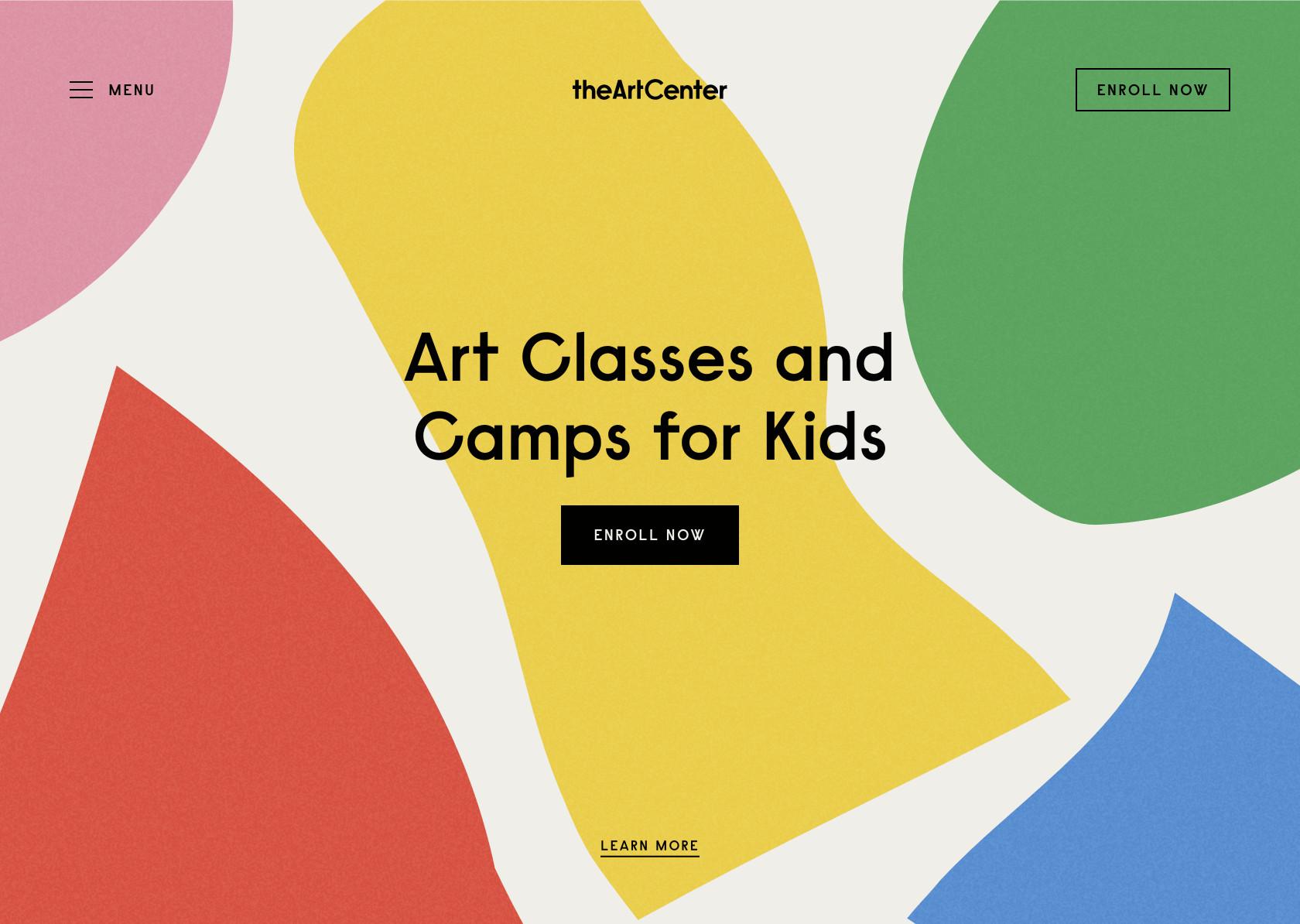


Merely informing the trainees that they were wrong is not as effective as telling them why they were wrong and how they can avoid making mistakes in the future. Nevertheless, performance feedback should do more than inform learners whether they were right or wrong.

Learning activities have more intrinsic interest if the feedback is available. Knowledge of results is a positive reinforcement itself. Feedback improves performance not only by helping learners correct their mistakes but also by providing reinforcement for learning. Performance feedback is a necessary prerequisite for learning. Feedbackįeedback gives learners information on their progress. (2) negative transfer of training, when the training activities inhibit performance in a new situation and (1) Positive transfer of training when the training activities enhance performance in the new situation Three transfers training situations are possible If the learning in one setting does not transfer to the actual job situation, the training has failed. Transfer of training occurs when trainees can apply the knowledge and skills learned in training course to their jobs.

Transferenceīecause the training occurs in a special environment, an important question to ask is whether learning will transfer to the actual job situation. Learning something just because someone says “it is important” is not as motivating. People are motivated to learn when training is immediately relevant to help them solve a current problem. The learning should be problem-centered rather than content centered. Learning is helped when the material to be learned is meaningful. Proficiency in learning and retaining new skills is improved when individuals visualize themselves performing the new behavior. To gain the full benefit of training learned behaviors must be overlearned to ensure smooth performance and minimum of forgetting at a later date. RepetitionĪn important principle of the learning is to provide the learner with the opportunity for practice and repetition. Therefore, the trainers should arrange the physical surroundings to facilitate small group interaction and promote the sharing of ideas. The learning activities should be experiential rather than just informational. As a result of participation, people learn more quickly and retain that learning longer.įor example, most people never forget how to ride a bicycle because they actively participated in the learning process. Participation improves motivation and apparently engages more senses that reinforce the learning process. Learning should permit and encourage active participation of the learner.


 0 kommentar(er)
0 kommentar(er)
